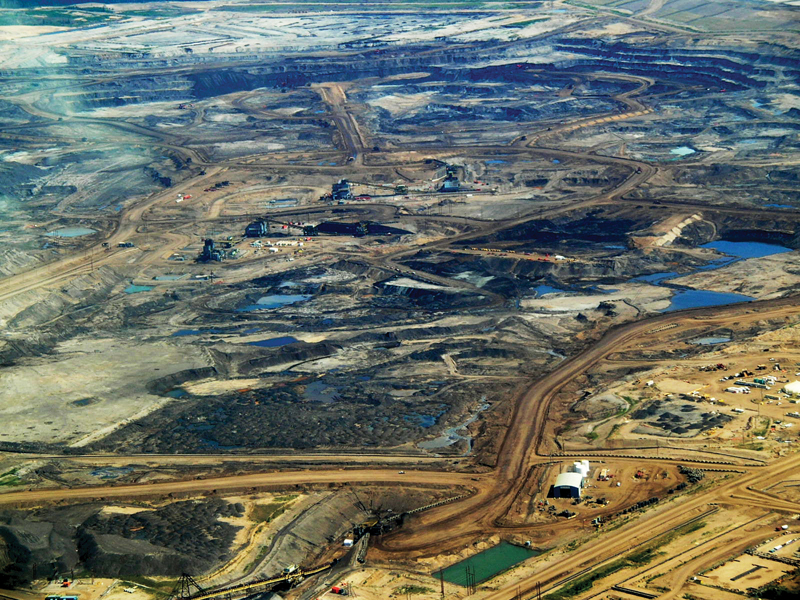
Drawing (on) a decade of climate change in the North
Artist Alison McCreesh’s latest book documents her travels around the Arctic during her 20s. In...
It’s no secret that the province of Alberta, the government Canada, and the titans of the fossil fuel industry pride themselves on robust regulatory and oversight structures when it comes to the extraction of natural resources.
"Environmental protection is a priority for our government and Canada is a global environmental leader," said Canada’s Natural Resources Minister, Joe Oliver. "This is why Canada's oil sands are subject to some of the most stringent environmental regulations and monitoring in the world."
"The regulations that are in place are very stringent, the most stringent in North America and certainly around the world," added Alberta’s Minister of Environment and Sustainable Resource Development, Diana McQueen. "We have a lot of development in this province, but we also have very tough regulations with regards to any spills that happen."
"The system is working," continued Alberta Energy Regulator CEO Jim Ellis. "We have the resources we need now to properly regulate it. And that includes compliance, on the ground inspections, regulations… They are capably handling the workload right now."
"It was extremely frustrating. I just reached a point where I was so frustrated I said, 'I'm going to do whatever it takes to extract this information' because I just felt wronged by the whole process," said Timoney. "It just seems like it’s a process that’s designed not to release information but rather to appear to release information."
"When you've looked at thousands of these records, what we're seeing is the tip of the iceberg," added Timoney. "It was evident that there were thousands of incidents the public didn't know anything about."

"Not every incident is going to result in a compliance action," responded Alberta Environment spokesperson Jessica Potter when asked about such a low rate of enforcement. "The determination as to whether or not we move forward with an enforcement action entirely depends on what we find in that investigation."
In short, as both Timoney and the study are at pains to point out, the governments of Alberta and Canada are "absolutely not" doing enough to enforce regulations. "There is this disconnect between the statement from the government that we have these great regulations and we’re strictly enforcing them, and the reality, which is that there are thousands of violations about which they do nothing."
"I feel very strongly that the public has a right to know what’s happening," concluded Timoney. "In this situation, what we’re trying to do is say, 'Decide for yourself. Here’s the information that we gathered. If you wish to decide that environmental management in the bitumen sands region is good or bad, here's a set of information that you can look at to decide for yourself.'"
Get the inside scoop on The Narwhal’s environment and climate reporting by signing up for our free newsletter. On March 17, federal Conservative Leader Pierre Poilievre...
Continue reading
Artist Alison McCreesh’s latest book documents her travels around the Arctic during her 20s. In...

I’ve watched The Narwhal doggedly report on all the issues that feel even more acutely...

Establishing the Robinson Treaties, covering land around Lake Huron and Lake Superior, created a mess...
